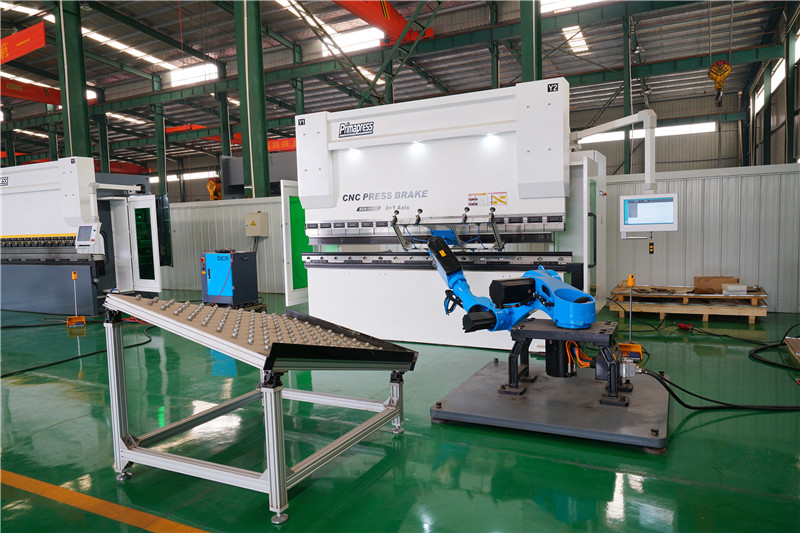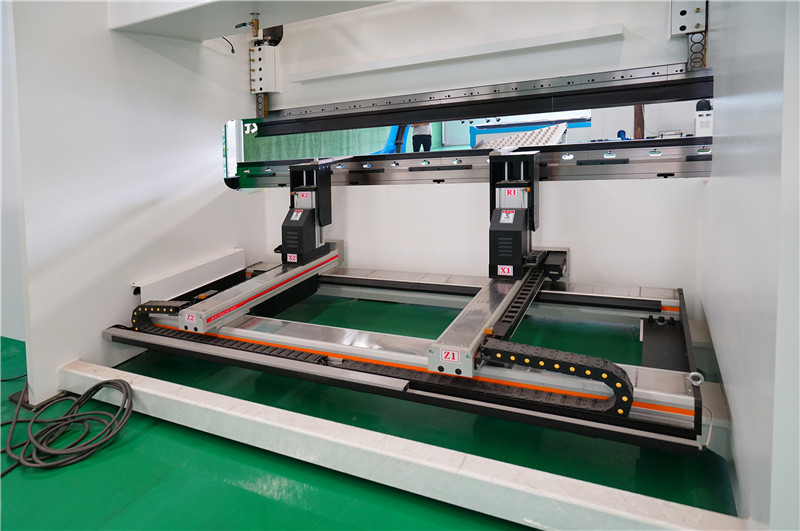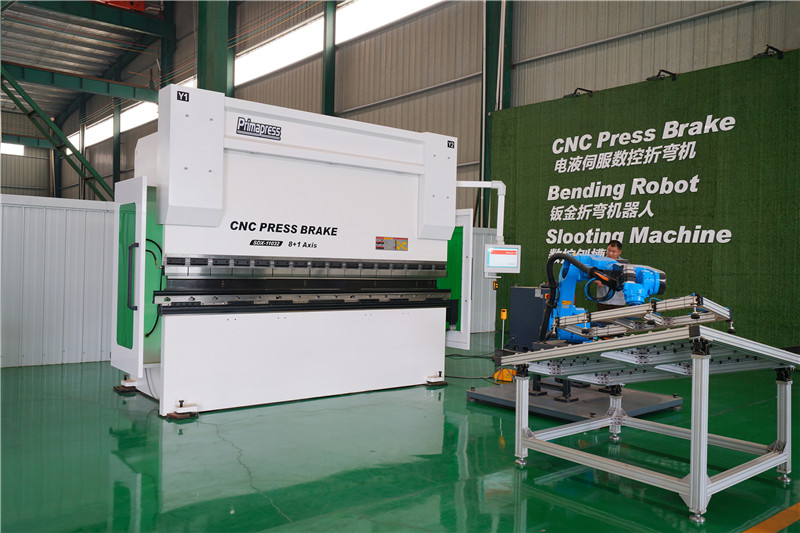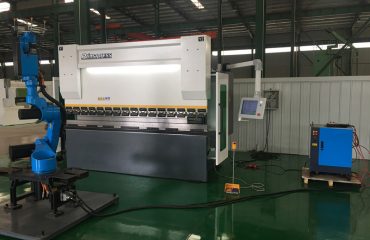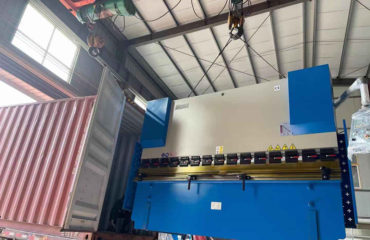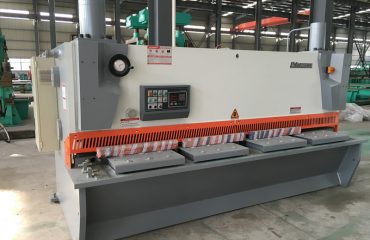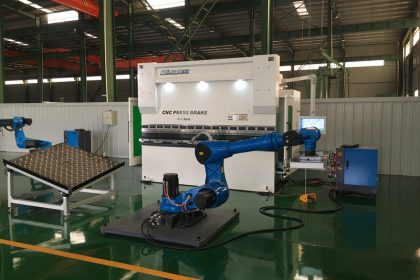
8 reasons to buy CNC sheet metal press brake bending robot
CNC metal sheet s and automation are the investment choices of many companies to improve production quality, improve the working environment, and make up for the shortage of workers. Many people think that the purchase of robots is mainly to replace workers, but in fact, we rarely see cases where the purchase of robots leads to the lay-off of employees. The prejudice we get about robots from the media is that the main job of robots is to replace human workers. In fact, most companies are not like that. What’s more is to change workers from the first line to the second line, which has become the function of supervising the work of robots, and at the same time, handling machine failures. To
01
Increase productivity
After working with CNC sheet metal press brake bending robots, companies are usually able to increase production at the same cost as before. However, this does not mean that these labor are redundant. Robots are usually assigned to the most repetitive tasks, while employees have time to focus on those tasks that add more value to the product.
02
Improve production rhythm
Many companies invest in robots to optimize task execution and shorten production time. This is especially important when customers expect shorter time from order to delivery. Robots usually work uninterrupted, and in some cases even faster than employees, as long as tasks are simple, such as bending metal sheets or packaging and palletizing final products.
Once the speed of each process increases, the rest of the production must keep up. Only when the automation process eliminates the bottleneck or increases the speed of all processes before and after the robot, the total production time will decrease. Many companies still ignore this when investing in robotics and automation solutions. If the completed unit must wait a few minutes before being received by the next process, it doesn’t make much sense to save a few seconds by automating the process.
03
Improve bending quality
In many cases, comparing different employee shifts, the robot can produce a more consistent result. Robots are programmed to repeat exactly the same actions, so many companies use robots to improve product quality. This does not mean that robots are more like craftsmen than humans. Usually, it is difficult for them to complete complex tasks, which require particularly good craftsmanship. But in those situations where you have to repeat a simple task multiple times, industrial robots may provide a more uniform and consistent result.
04
Improve working conditions
The assembly line production is an amazing invention, it makes the production method more efficient than before. However, all these efficiencies have a caveat: workers are faced with a lot of repetitive work, and often tired work. Some companies try to solve this problem, requiring employees to rotate at certain intervals between different tasks so that they don’t have to repeat the same heavy actions too many times. For many people, robotics and automation are the next step, a solution to reduce the burden on employees and improve working conditions. For example, in a dangerous work environment, robots are a wise choice. But usually, this is just to take over the tedious work and let people do more meaningful work.
05
Gain robot experience
Once we try new things, it is always exciting to start a success story. The same is true for the first purchase of robotic bending automation. We can see that more and more companies choose to start with low-risk projects when buying their first robot. In this case, CNC metal sheet press brake bending robots may not immediately improve production efficiency. The main purpose is to be familiar with this technology and to cultivate people’s skills in using such equipment. Once the company invests a lot of money in industrial robots, this experience will come into play. If senior managers have a strategic goal of automated upgrades, it is very correct to start from a low starting point and build from there.
06
Preemptive
In fact, most companies buy robots to improve production efficiency. However, in a few cases, companies will also strategically use robots to gain first-mover advantage. These companies choose to invest in high-risk development projects because they are playing a well-thought-out game, hoping to become the first company in the market to benefit from cutting-edge automation solutions.
However, being a pioneer is risky. This is why very few companies can afford it, only those companies that can tolerate project failures and higher costs than expected. On the other hand, in some industries, such as the agricultural and pharmaceutical industries, becoming a pioneer is a must. If the industry is strictly regulated, it may take several years for a new solution to be approved. If we limit ourselves to existing technologies, we may lose their meaning by the time we get approval. A development project may be more likely to be the most recent after approval.
Finally, advanced industrial robot solutions also have some decorative purposes that cannot be ignored. The production site full of industrial robots has stronger visual impact and easier to win the trust of customers. They are a sign of a company’s well-functioning and effective production.
07
Make up for the lack of labor
Not all companies can keep up with demand. The shortage of workers can be a real obstacle to the development of enterprises. This is why industrial robots and automation upgrade solutions are sought after by companies that have difficulty finding qualified workers.
When it comes to welding, palletizing, bending, advanced assembly or quality control and other specific working conditions, it may be very difficult to find people with appropriate skills and experience. Therefore, a welding robot carefully debugged by a skilled welder can be used to increase its production capacity several times. The welder asks the robot to do what it does, and its advantage is that it can accurately execute instructions. In this way, the company can use its in-house expertise to improve its production capacity.
08
Refuse to outsource
If you can’t break even, outsourcing production lines to low-income countries is usually a good choice. But there is another way: by upgrading and optimizing production processes and purchasing robotic automation equipment, some companies may delay or even avoid outsourcing to other countries. This can make production more compact and be able to react quickly to unforeseen events. Automated production can relieve some pressures related to outsourcing, such as freight, travel expenses, delayed shipments, and so on. In addition, by avoiding outsourcing, companies in outsourcing destinations are less susceptible to rising wages, worker shortages and other unforeseen factors.
